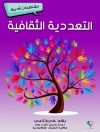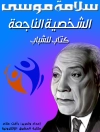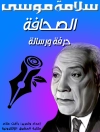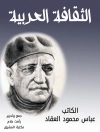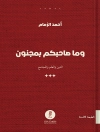This book investigates the study of World Englishes from the perspective of Cultural Linguistics, a theoretical and analytical framework for cultural cognition, cultural conceptualisations and language that employs and expands on the analytical tools and theoretical advancements in a number of disciplines, including cognitive psychology/science, anthropology, distributed cognition, and complexity science.
The field of World Englishes has long focused on the sociolinguistic and applied linguistic study of varieties of English. Cultural Linguistics is now opening a new venue for research on World Englishes by exploring cultural conceptualisations underlying different varieties of English.
The book explores ways in which the analytical framework of Cultural Linguistics may be employed to study varieties of English around the globe.
表中的内容
Chapter 1. Cultural Linguistics and world Englishes.- Chapter 2. Australian Aboriginal English and Linguistic Inquiry.- Chapter 3. A Corpus-based Exploration of Aboriginal Australian Cultural Conceptualisations in John Bodey’s The Blood Berry Vine.- Chapter 4. Re-schematization of Chinese Xiao (filial piety) across Cultures and Generations.- Chapter 5. “So you’re One of those Vegetarians?” Emergence of the Korean English.- Chapter 6. Don’t kiasu and rush ok? A Cultural-Linguistic take on the Interaction Between Loanwords and Constructions in World Englishes.- Chapter 7. ‘Till Death Do Us Wed’1 – About Ghost Marriages and Chicken Rrides in Hong Kong English.- Chapter 8. Decoding yuán and duyên across Chinese, Vietnamese and other Asian cultural practices.- Chapter 9. Bilingual Creativity in Saudi English.- Chapter 10. A Space for Everybody? Conceptualisations of the Hijras in Indian English as a Showcase for Gendered Space in Indian Society.- Chapter 11. Family Matters: Cultural-linguistic Investigations into the Domain of Family in Indian English.- Chapter 12. ‘Cultural Conceptualizations of Yoga in Indian and American English: A Corpus-Based Study’.- Chapter 13. Expressive and Reserved Cultures: British and American Pride Clusters.- Chapter 14. The Interplay of Blended Languages and Blended Cultures in Memes: Cultural Conceptualisations Used by Serbian Speakers of English.- Chapter 15. ‘A Successful Business Negotiation is Resource Sharing’: Investigating Brazilian and German Cultural Conceptualisations in Conceptual Scripts.- Chapter 16. ‘My Muthi is Your Aanswer’ – A Cultural Linguistic Analysis of Healers, Herbalists, Sangomas and (witch) Doctors in Black South African English Classifieds.- Chapter 17. Culture-specific Conceptualisations of Corruption in African English: Linguistic Analyses and Pragmatic Applications.
关于作者
Dr. Marzieh Sadeghpour holds a Ph D of Applied Linguistics from Monash University, Australia. She has had research and teaching positions at Monash University and has published in the areas of language and education, World Englishes, and Cultural Linguistics. She is the author of book Englishes in English Language Teaching.
Professor Farzad Sharifian holds the Chair in Cultural Linguistics at Monash University. He is a pioneer of Cultural Linguistics who has made significant contributions to the development of this newly emerging multidisciplinary area of research. He has developed a theoretical and an analytical framework of cultural cognition, cultural conceptualisations and language, which draws on and expands the analytical tools and theoretical advancements in a number of disciplines, including cognitive psychology/science, anthropology, distributed cognition, and complexity science. The theoretical and the analytical frameworks and their applications in the areas of embodied language, intercultural communication, cross-cultural/intercultural pragmatics, emotion, Teaching English as an International Language, World Englishes, and political discourse analysis are the areas in which Prof Sharifian specializes in.


